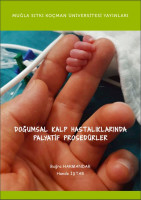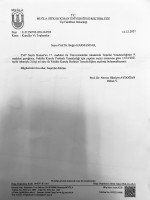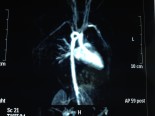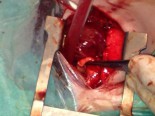Çocuk Kalp Hastalıkları ve Cerrahisi (Pediatric Heart Diseases and Cardiac Surgery)
Çocuk Kalp Cerrahisi Platformu (Platform for Pediatric Heart Surgery)
Pediatrik Kalp Hastalıkları ve Cerrahisi
Pediatric Heart Diseases and Cardiac Surgery
Subaortik stenoz (ridge)
Subaortic Stenosis
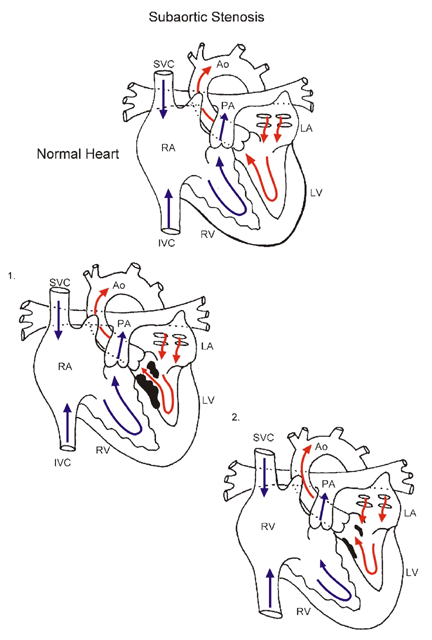 Pathophysiology
Pathophysiology
Rare in infancy, subaortic stenosis may present as distinct fibromuscular stenosis, or as hypertrophic obstructive cardiomyopathy (HOCM). When present in infancy, associated left heart obstructive lesions, such as coarctation of the aorta, or interrupted aortic arch may coexist. Obstruction to the egress of blood from the left ventricle results in left ventricular hypertrophy and its sequelae, including increased potential for arrythmia and sudden death. Surgical intervention is indicated when the left ventricular outflow tract obstruction is moderate to severe.
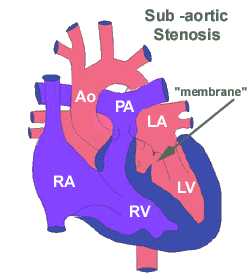
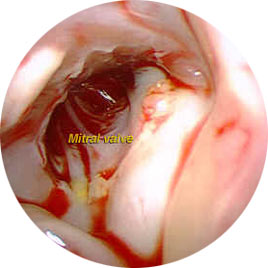
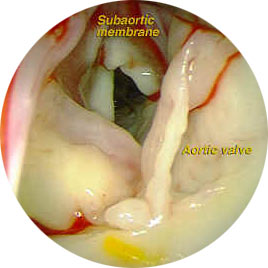
Surgical Technique
Surgical repair of subaortic stenosis requires cardiopulmonary bypass and aortic cross-clamping. The aorta is opened just above the aortic valve, and the aortic valve leaflets are retracted to expose the obstructive tissue below the valve. Care is taken to excise as much obstructive tissue as possible without damaging the mitral valve apparatus, the atrioventricular conduction tissue or the aortic valve leaflets. Transesophageal echocardiography and pressure measurement comparison are utilized to help assess the adequacy of repair. Aortic cross-clamp time and cardiopulmonary bypass time required to complete repair are usually short.
Postoperative Considerations
The postoperative course following resection of subaortic stenosis is usually uncomplicated. Invasive monitors utilized following surgery include arterial, central venous and left atrial catheters. Vasoactive infusions required for hemodynamic support are usually focused upon control of systemic hypertension. Nitroprusside and/or esmolol are often used in the early postoperative period. Captopril or enalapril are usually started later in the postoperative course. Conduction abnormalities including complete heart block can occur following surgery. Atrioventricular pacing should be readily available. Excessive bleeding is an uncommon postoperative complication. Length of hospital stay required following resection of subaortic stenosis averages five to seven days.




